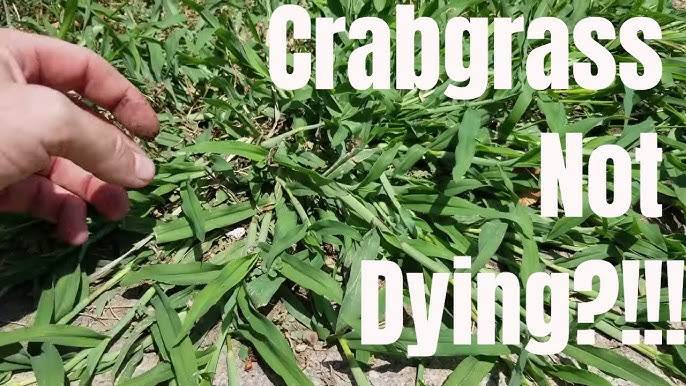
Introduction
In the quest for natural remedies, traditional herbal medicine offers a wealth of knowledge. One such humble yet potent plant is goose grass (Galium aparine). This common weed, often overlooked in gardens and fields, harbors a plethora of medicinal properties that can address a variety of health issues. In this article, we explore the preparation and usage of goose grass for treating different conditions, emphasizing its role as a natural healer.
Understanding Goose Grass
Goose grass, also known as cleavers, is a climbing plant characterized by its sticky stems and small, whorled leaves.
It has been used in folk medicine for centuries, valued for its diuretic, anti-inflammatory, and detoxifying properties. Modern herbalists continue to utilize goose grass for its therapeutic benefits, particularly in treating internal and external health conditions.

Preparation and Usage for Internal Conditions
For internal conditions, goose grass can be prepared as a tea. This method is particularly effective for managing diabetes, kidney disease, high blood pressure, and fever.
Ingredients:
A handful of goose grass leaves or rootsHalf a liter of water
Instructions:
Boiling: Place a handful of goose grass leaves or roots into a pot with half a liter of water.
The article is not finished. Click on the next page to continue.
The article is not finished. Click on the next page to continue.
Next page


















